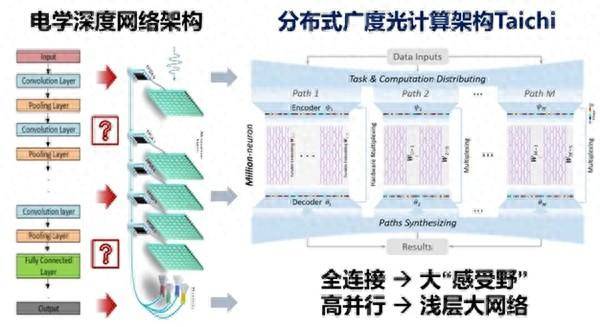Major Breakthrough in Chip Technology! Tsinghua Research Team Unveils Chinese AI Optical Chip “Taiji”
Beijing, April 12th (Reporter: Li Yihuan) – Today, it was announced by Tsinghua University that a research team led by Associate Professor Fang Lu from the Department of Electronic Engineering and Academician Dai Qionghai from the Department of Automation has pioneered a distributed breadth optical computing architecture to address the challenge of large-scale optoelectronic intelligent computing. They have developed the large-scale interference-diffraction heterogeneous integrated chip “Taiji” (Taichi), achieving 160 TOPS/W of general intelligent computing. The relevant results were published in the latest issue of the international journal Science on the early morning of the 12th.
“The reason for naming the optical chip ‘Taiji’ is also to explore new inspirations, architectures, and pathways for high-performance computing in the era of booming general artificial intelligence with the way of photons,” said Fang Lu.

Intelligent optical computing, as an emerging computing paradigm, demonstrates performance and potential far beyond silicon-based electronic computing in the post-Moore era. However, its computational tasks are limited to simple character classification, basic image processing, and the like. The pain point lies in the fact that the computational advantages of light are trapped in unsuitable electronic architectures, limiting the scale of computation and unable to support complex large-scale intelligent computing requiring high computational power and energy efficiency.

According to reports, the computational efficiency of the “Taiji” optical chip exceeds existing intelligent chips by 2-3 orders of magnitude, and for the first time empowers optical computing to achieve complex artificial intelligence tasks such as recognizing thousands of objects in natural scenes and generating cross-modal content. It is expected to provide computational support for large-scale model training, inference, general artificial intelligence, and autonomous intelligent unmanned systems.